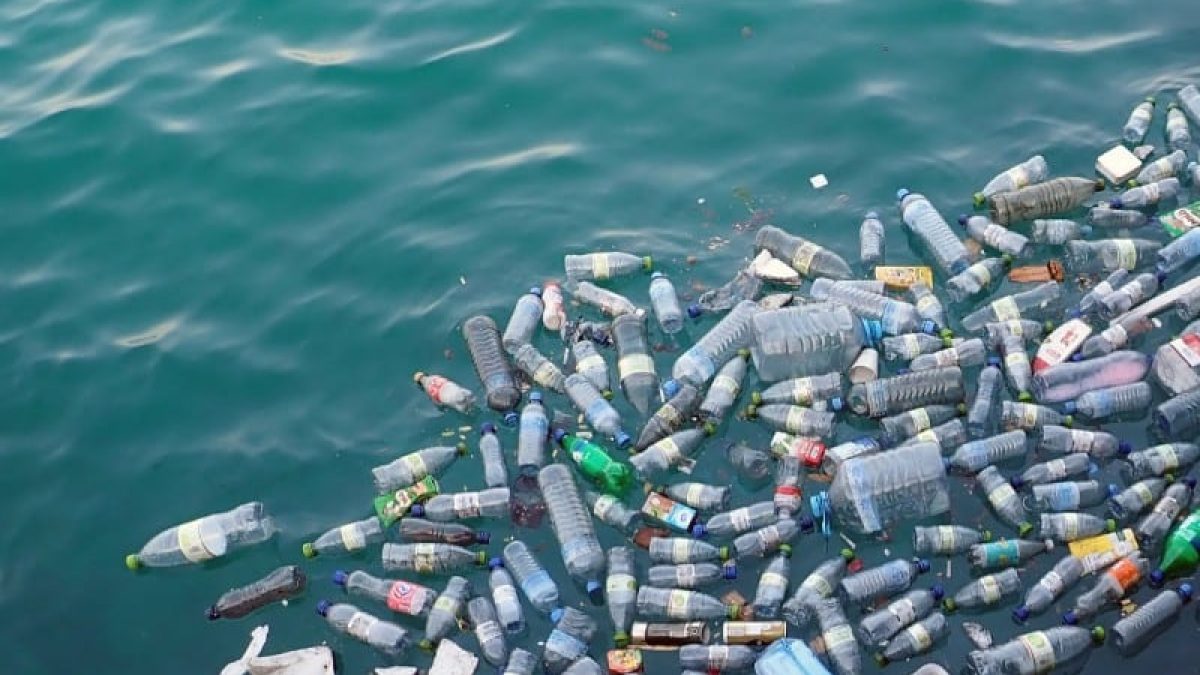This post is an excerpt from BCCIC’s shadow report: Where Canada Stands – Vol II.
While not completely in line with international guidelines, the City of Vancouver has begun to implement zero waste strategies and discuss waste reduction more broadly. So far, bans on plastic straws and bags have enveloped the conversation around waste reduction. However, while bans on particular disposable materials are important, it is not necessarily the best approach to single-out a particular material type. Kaminski states:
“In my discussions, I talk more about the application… let’s not [just] look a plastic straws, let’s look at single-use straws… Straws aren’t the problem, the problem is that we use them for 2 seconds and then throw them out regardless of whether they’re plastic or paper.”
While paper consumables are preferable to their plastic counterparts in terms of their impact on the environment, the waste problem still remains. Banning plastic straws alone is considered a ‘band-aid solution’ rather than the systemic change that is needed. “We advocate for all disposable straws to be eliminated” adds Kaminski, “Straws have a small impact in the grand scheme of things, single-issue items [as a whole] are the huge issue”.
Growing a consumption and production system which bans all single-use items should be the goal of all Canadian cities; and the Federal government should do everything in its power to help municipalities get there. Vancouver is moving in the right direction and Montreal is making strides towards impactful waste bans. On the other end of the disposal process, Metro Vancouver has opted against pursuing incinerators due to uncertainty around future waste volumes, while vocal opposition from municipalities continued. In Canada’s east, Ontario communities have constructed incinerators, such as the one in Durham recently, and are struggling with its health and emissions impacts, which have been documented in Europe as well where waste-to-energy incinerators are numerous.
Public Policy
Canada is currently following a nationwide trend of approaching waste issues through producer responsibility policy. In British Columbia, where the policy has been considered by some as a benchmark of recycling, producers have responsibility for at least 16 products, and more coming through the new product and packaging program. Governments who aren’t familiar with producer responsibility can portray the program as a ‘silver bullet’ to solving our waste problems.
However, “that’s not quite true because they pay very little attention to the collection side of things [where low-income earners reside], so there’s not a significant way of improving people’s’ livelihoods” contends Kaminski. This can result in growing many low-income jobs, as the policy relies heavily on recycling, followed by disposal; nothing else no reuse, no repair. Rather than tackling system change, the policy perpetuates existing waste issues.
Electronic recycling programs, for instance, do not necessarily refurbish or test electronics for re-use; collection and subsequent destruction are common practice. This results in little recycling and much disposal. Additionally, high quantities of heavy metals have to be handled in particular ways, which often results in materials being sent to smelting to capture the heavy metals; and plastics are wasted. “Maybe they get more recycling out of it, but that’s as far as it goes; you’re just looking at recycling” adds Kaminski.
In sum, when discussing traditional approaches to recycling and the jobs the industry creates – there are better accountability measures that need to be put in place for workers and circular waste models to prosper. If producer responsibility were to move into more of a reuse position (which at this time is currently unlikely), training could be re-approached to have workers in recycling plants test and refurbish the electronics. This would immediately generate higher-paying jobs.
If Canada continues on the path of approaching waste issues with the view that recycling will be the answer, workers will be lead into low-paying jobs and we will miss out on a lost opportunity to advance their skills into a higher paying reuse market (~70% more in terms of wages). Similarly, policies supporting incinerators create a similar issue for Canada in achieving its sustainable development targets, as they are often located in disadvantaged communities, which are willing to accept the infrastructure due to the resulting tax income; yet they bear potentially greater health costs from production externalities. Canada cannot afford to pursue policies which propagate short-term thinking; we must do a better job of using a long-term lens when crafting our solutions to the current waste calamity.

